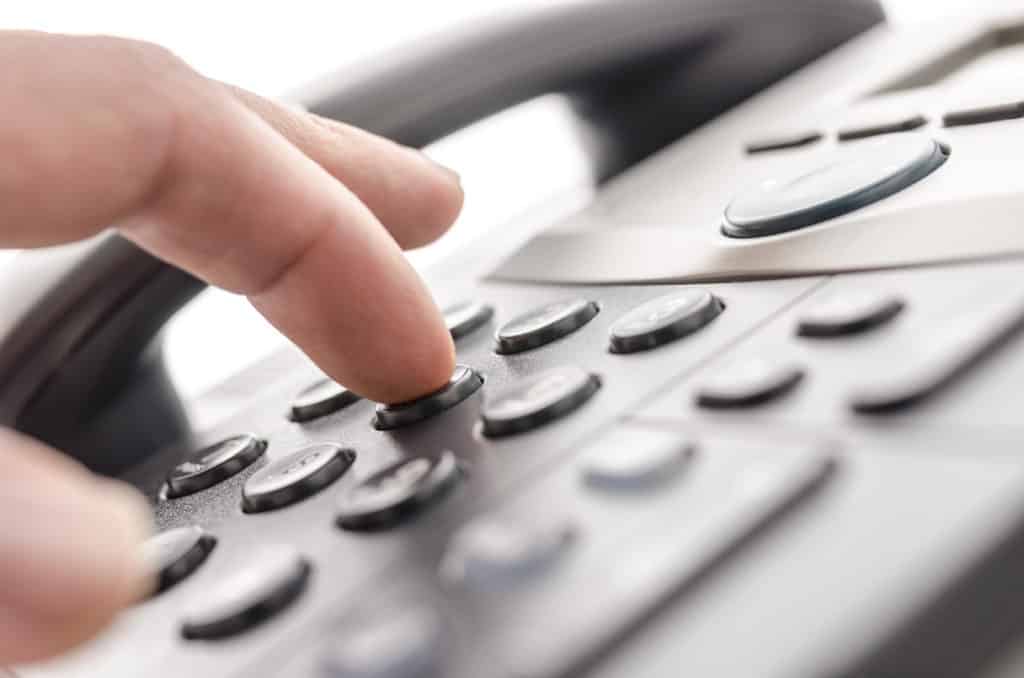The history of triage is rich as those in healthcare have continually refined the prioritization process in medical treatment. The use of triage allows more people to be cared for in ways and timeframes that are most beneficial to their conditions. The shift to telephone triage has increased care dramatically as medical staff can focus on providing quality medical attention with an organized patient load.
Telephone triage is a medical innovation that takes administrative load off of healthcare facilities and allows patients to receive better care. Prospective patients call in with symptoms, and the call is answered by reception, who takes down relevant details. These are reviewed by a qualified triage nurse, who then calls the patient back, gathers all pertinent information, and makes recommendations. These may involve resolving the issue or arranging a face-to-face appointment with an attendant physician.

The Origins of Medical Triage
The term “triage” originated on the battlefield around the early 1800s. Wounded soldiers needed to be quickly assessed and sorted based on prognosis to minimize loss of limb and life. The distinction then was pretty cut and dry: those who were likely to live regardless of care, those who were likely to die regardless of care, and those for whom immediate care might make a difference. The current distinction is not too different.
Moving to Modern Triage
Triage is an essential process for organizing patient load in hospitals and clinics. Other than reception, a triage nurse is also a patient’s first contact in emergency rooms. The work triage nurses do makes it possible for more people to receive the care they need, and the migration to telephone triage has done so even more. In fact, while the process may initially seem convoluted, research indicates that telephone triage has a statistically significant effect on patient care for the better. This is irrespective of the kind of care required.
Triage Call Centers
Though the first telephone was created in the spring of 1876, its application in managing patient care wasn’t really adopted until the 1960s. In the mid-1980s, when computerized guidelines and documentation tools became available, the use of nurse triage call centers across the United States skyrocketed.

Before the World-Wide Web
Prior to the widespread use of the internet, nurses worked mainly in large call centers. The telephone triage process involved an outside party (usually an answering service) faxing patient information to a team of triage nurses. The nurses would use the information to create a patient record then call the patient back, perform triage, and fax the form back to the patient’s physician. The process was slow and tedious at its best times and worse so if the triage center experienced staffing shortages due to illness or inclement weather.
Even with the less-than-ideal back-and-forth, the subtle shift to telephone triage improved efficiency in healthcare facilities across the nation, and things have only gotten better. The profession has evolved dramatically over the last 10 years with the prevalence of the internet and heavier reliance on computers.
Post-Pandemic Promise
The development of better software and communication systems has allowed telephone triage to improve even further. Patient information now goes directly into accessible software, giving nurses and medical facilities more ready access to the information. Current systems also beat fax machines in their security while transmitting personal health information. Other advantages include increased patient satisfaction and the ability for call centers to manage a higher call volume more efficiently.
Some providers have even adjusted to allow triage nurses to work remotely from home. This negates time lost commuting and improves nurse accessibility. While the shift has been especially beneficial in the face of a global pandemic, it did not come without its own challenges. Maintaining HIPAA compliance, supervising staff working from home, and preserving quality control and recording all calls are just a few.

To Telephone Triage and Beyond
Fortunately, as technology advances to keep up with the way we live, many of these hurdles have been overcome. Now triage can be web-based and enable integrated call recording, with availability for transferring medical records to relevant clinics and hospitals. These innovations make for significantly increased efficiency levels on both the call center end and in medical practices.
While the move to telephone triage changed the game dramatically, we know it doesn’t stop there. Systems to improve the way patients are organized will continue to evolve, and we at CareXM are excited to be a part of the journey. From traditional assessment to telephone triage, we have watched the good that healthcare providers do, and we are here to help.